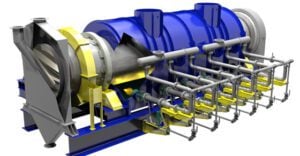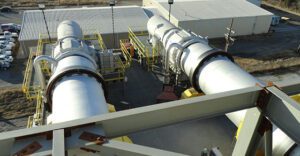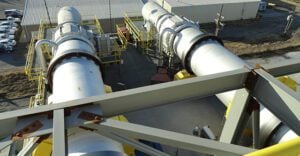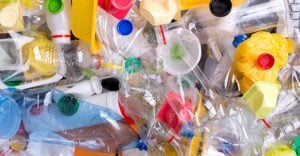The Role of the Calciner in Producing Soda Ash
Soda ash, or sodium carbonate (Na2CO3), is a versatile alkali material, critical in the production of a litany of products and materials. From detergents and chemicals, to consumer products and water softeners, this material can be found in many of the products we interact with throughout …











